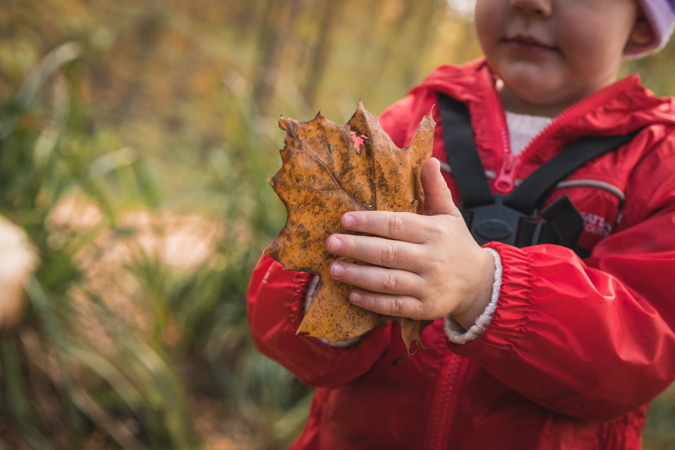Why you should get out over the coming weeks and embrace autumn’s triumphant display

As the summer months wind down, nature begins to shift gears, hinting at the vibrant splendour of the approaching autumn season. This short-lived period serves as nature's grand finale before the winter, erupting in a breath-taking display of golden colours.
As autumn approaches, daylight hours steadily reduce, and temperatures drop. The days grow shorter and the nights longer as the season advances toward the winter solstice in December. The temptation to hibernate during colder months is strong but our Specialist Health Policy Advisor, Ruth Thomas, explains that research consistently demonstrates that spending more time outdoors enhances our mental and physical health and well-being1, 2.
Autumn has something special for all our senses; there is so much to see, hear, smell, touch and taste! When the leaves begin to fall, take a walk among the fallen leaves. If the leaves are dry, listen to the soft crunch as you walk and smell the earthy scent of the discarded leaves. Walking helps reduce the risk of heart disease and stroke, high blood pressure, osteoarthritis, obesity, the most common type of diabetes, many cancers and even Alzheimer's3. Walking in the natural environment increases our exposure to vitamin D which boosts our immune system to fight off disease and illness4.
If you’re looking for a walk full of seasonal colour, see our pick of places to walk this autumn for some inspiration.
It is the time of year when a bounty of tree seeds ripen and tumble to the ground and nestle among the fallen leaves. From plump acorns to glossy, chestnut-brown conkers, research shows that strolling through vibrant, leafy landscapes can lift our mood and evoke nostalgic memories5.
During the autumn months, the hedgerows will be groaning with nature’s bounty. Keep your eyes peeled for juicy blackberries, ripe elderberries, sloes, rosehips and wild raspberries. The culinary opportunities to create an autumnal feast abound but make sure you leave enough for the local wildlife as they are an important food source for creatures great and small.
The damp, cool conditions of the season create the perfect environment for fungi to flourish, allowing many species to thrive. Fungi come in a display of vivid colours and peculiar shapes. Warm colours like rich reds, opalescent oranges, and sunny yellows are believed to inspire feelings of energy, enthusiasm, joy, and cheerfulness.
In addition to the wonderful sight’s nature has to offer, getting outside also helps you feel closer to people and your community, which is good for your mental health.
Exposure to the natural light helps regulate chemicals in the brain – melatonin and serotonin, which are essential for the body's internal sleep-wake cycle. The light-sensitive cells in your eyes play a key role in synchronizing your internal clock 6.
There are so many benefits to stepping outside. You don’t need to go far – time spent in your local park can provide natural stress-relief. The less urban noise you’re surrounded by, the better 7.
If you’re not sure where your local green spaces are, you can find a woodland or National Nature Reserve near you with our places to visit page.
References
- Ambient greenness, access to local green spaces, and subsequent mental health: a 10-year longitudinal dynamic panel study of 2·3 million adults in Wales - The Lancet Planetary Health
- Developing an indicator for the physical health benefits of recreation in woodlands (sharepoint.com)
- The health benefits of walking (ed.ac.uk)
- Vitamin D - NHS (www.nhs.uk)
- Seasonal Differences in Physiological Responses to Walking in Urban Parks - PMC (nih.gov)
- Light & Sleep: Effects on Sleep Quality | Sleep Foundation
- Efficacy of nature-based therapy for individuals with stress-related illnesses: randomised controlled trial | The British Journal of Psychiatry | Cambridge Core
